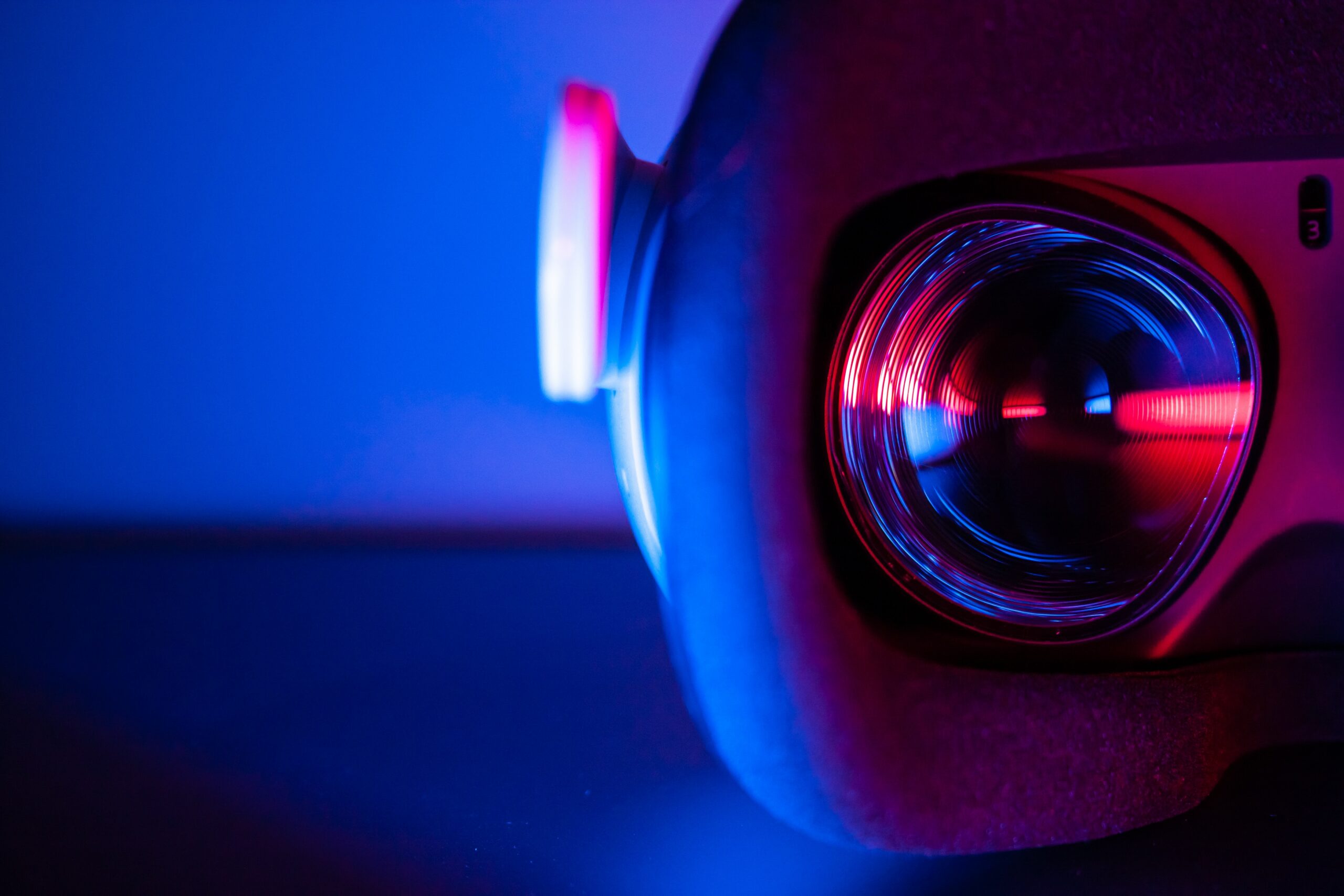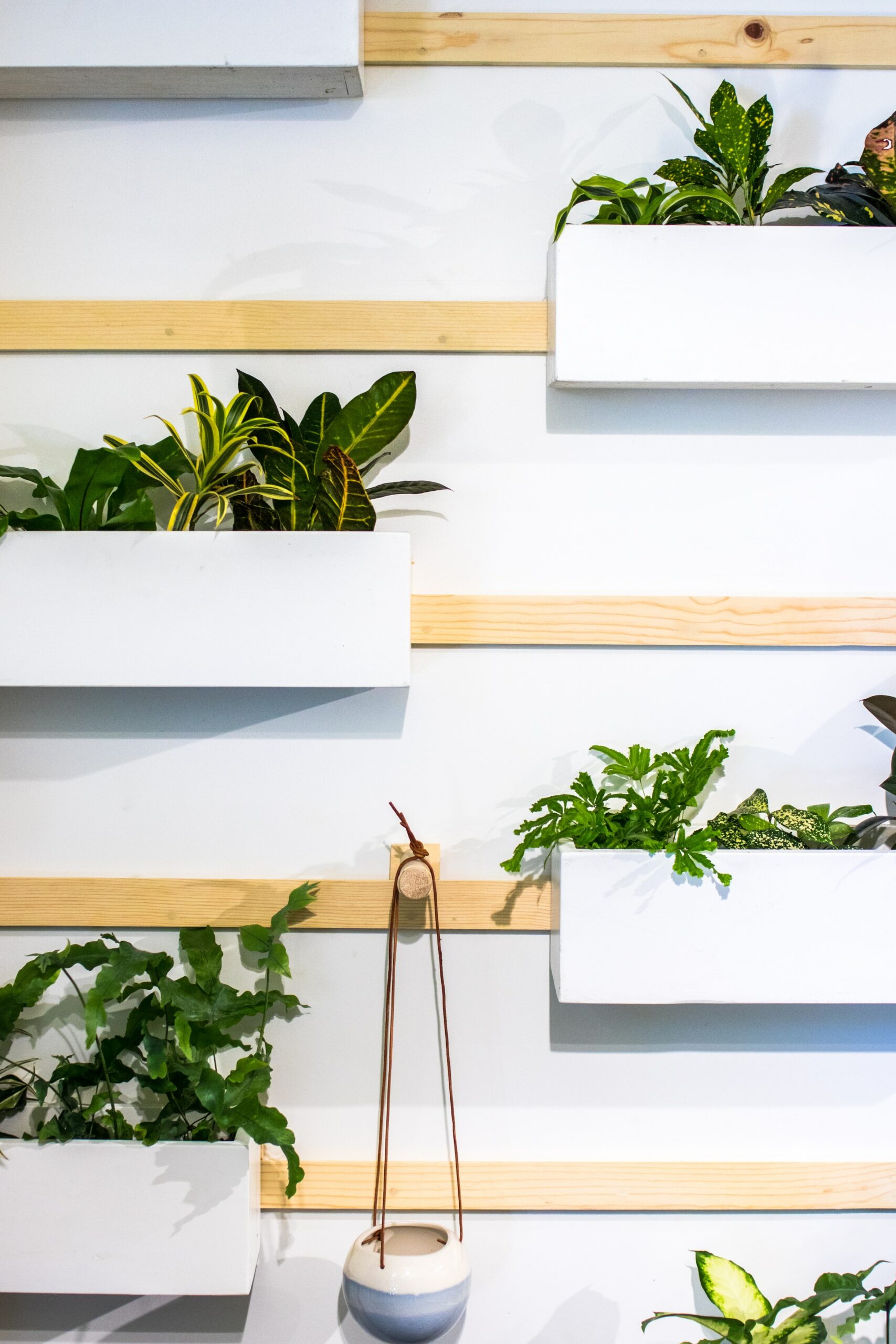The concept of a smart home, once considered futuristic, is now becoming a reality for many homeowners. The integration of technology into interior design has transformed the way we interact with our living spaces. From automated lighting and climate control to voice-activated assistants and security systems, smart homes offer convenience, efficiency, and enhanced living experiences. This article explores the growing trend of smart homes, highlighting the integration of technology and interior design and its impact on our daily lives.
- The Rise of Smart Home Technology: The rapid advancement of technology has paved the way for smart home solutions. Internet of Things (IoT) devices, sensors, and connected systems form the backbone of a smart home. These technologies allow various devices and systems to communicate, creating a networked environment that can be controlled and monitored remotely.
- Automated Lighting and Climate Control: One of the key features of a smart home is automated lighting and climate control. Smart lighting systems can be programmed to adjust brightness, color, and mood according to personal preferences or specific scenarios. Similarly, smart thermostats can learn occupants’ behavior, optimizing energy usage and maintaining comfortable indoor temperatures.
- Voice-Activated Assistants: Voice-activated assistants, such as Amazon Alexa and Google Assistant, have become integral parts of smart homes. These AI-powered devices respond to voice commands, allowing users to control various functions, play music, get weather updates, and even order groceries. Voice assistants are now being integrated into home automation systems, providing seamless control over multiple smart devices.
- Home Entertainment and Media Systems: Smart homes offer advanced entertainment and media systems. High-definition televisions, surround sound systems, and streaming services can be seamlessly integrated into the home environment. Voice control and mobile apps enable users to access and control their favorite media content from anywhere in the house.
- Enhanced Security and Surveillance: Smart homes provide advanced security and surveillance features. Video doorbells, smart locks, and security cameras allow homeowners to monitor and control access to their homes remotely. Integration with smartphone apps provides real-time notifications and the ability to monitor security systems on the go, enhancing overall safety and peace of mind.
- Energy Management and Efficiency: Smart home technology promotes energy management and efficiency. Energy monitoring systems provide real-time insights into energy consumption, helping homeowners make informed decisions to reduce energy waste and lower utility bills. Integration with renewable energy sources, such as solar panels, further enhances sustainability and reduces environmental impact.
- Seamless Home Automation: Home automation is a fundamental aspect of smart homes. Through centralized control systems or mobile apps, homeowners can automate various functions and scenarios. For example, curtains can be programmed to open and close automatically, lights can turn on and off based on occupancy or time of day, and appliances can be scheduled for optimal energy usage.
- Health and Wellness: Smart homes also contribute to occupant health and wellness. Sensors can monitor indoor air quality, temperature, and humidity levels, creating a comfortable and healthy living environment. Smart mattresses and sleep monitoring systems help optimize sleep patterns, while fitness and wellness devices can track physical activities and provide personalized health recommendations.
- Design Integration and Aesthetics: The integration of technology in interior design poses unique challenges and opportunities. Designers are now incorporating technology seamlessly into the aesthetics of a space, ensuring that devices and systems blend harmoniously with the overall design scheme. Hidden wiring, concealed speakers, and discreet control panels contribute to a clean and uncluttered aesthetic.
- Future Trends and Innovations: The future of smart homes holds even more exciting possibilities. Integration with artificial intelligence (AI) and machine learning will enable homes to learn and adapt to occupants’ preferences and behaviors. The use of smart materials, such as responsive glass or adaptable surfaces, will create dynamic and customizable living spaces. Additionally, the integration of smart home technology with smart cities and grid systems will lead to more sustainable and interconnected living environments.
Smart homes represent a significant advancement in the integration of technology and interior design. The convenience, efficiency, and enhanced living experiences offered by smart home technology are transforming the way we interact with our living spaces. As technology continues to evolve, we can expect further integration, customization, and seamless automation in our homes. The future of smart homes holds immense potential for creating comfortable, sustainable, and personalized environments that cater to our evolving needs and lifestyles.











